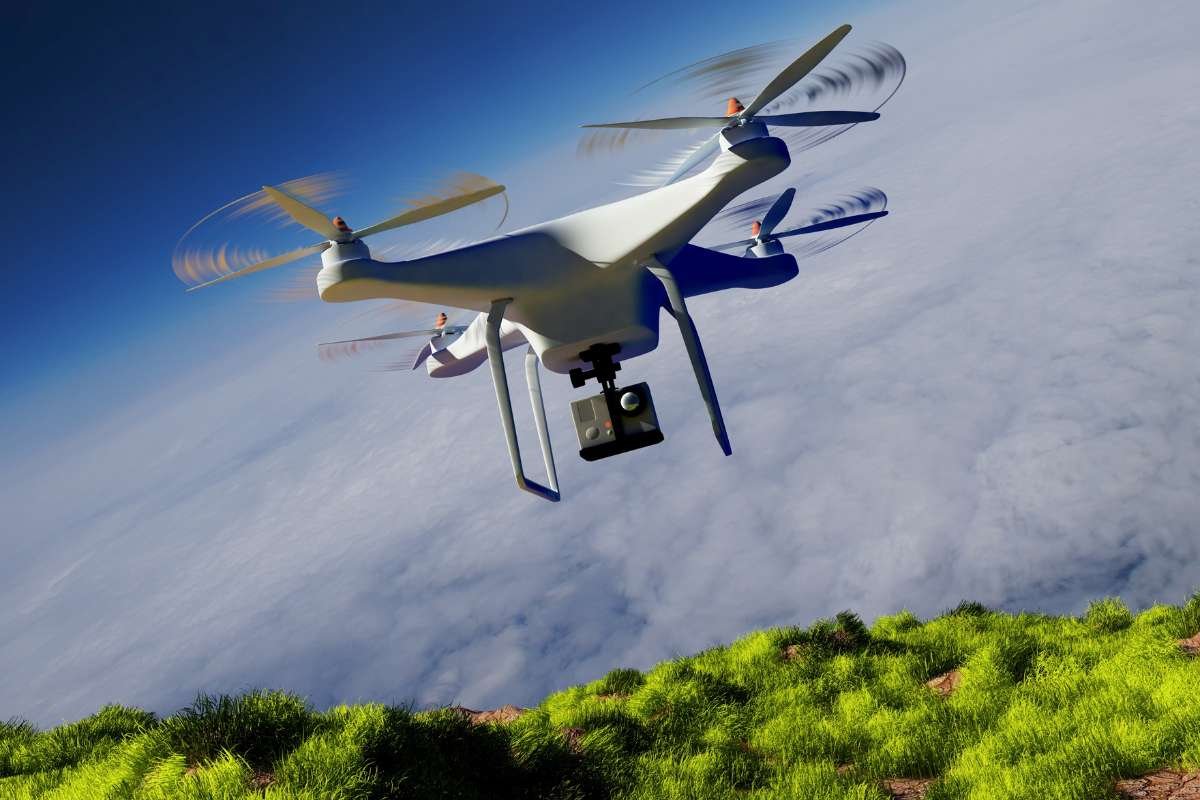Key Points:
- AI actress Tilly Norwood debuts.
- Actors, union backlash over job threat.
- Future of AI stars uncertain.
Hollywood has been thrown into a heated debate after the unveiling of AI actress Tilly Norwood, a fully artificial intelligence–generated actress. Presented at a major European film event, Norwood was promoted as the world’s first AI performer capable of taking on professional roles in film and television. The project, developed by a London-based media company, is being marketed as the next leap in entertainment technology, with claims that talent agencies are already interested in representing her.
Unlike digital characters traditionally used in visual effects, Norwood has been built with a curated personality, backstory, and online presence. Promotional videos and staged interviews have been used to blur the lines between human and machine, leading some observers to question whether she represents the future of acting—or a dangerous turning point for creative industries.
Union and Actor Backlash
The debut quickly sparked a strong backlash from Hollywood’s performers’ union, SAG-AFTRA, which issued a sharp statement declaring that Norwood is “not an actor” but a synthetic creation trained on the unpaid labour of thousands of professional labourers. The union emphasised that creativity emphasised human-driven and warned that allowing artificial actors into mainstream productions could undercut the rights and incomes of real performers.
High-profile actors have echoed these concerns. Several stars described the development as “frightening,” arguing that synthetic performers threaten to devalue years of artistic training and human emotion. Some have even suggested boycotts of agencies that move to sign AI characters, while others stressed that the authenticity and relatability of real actors cannot be replicated by a program.
Industry Uncertainty Ahead
The controversy over AI actress Tilly Norwood highlights long-simmering tensions between Hollywood and emerging technologies. Artificial intelligence has already been used in controlled settings—such as voice replication, de-ageing techniques, and background character generation—but the idea of a fully synthetic lead actor represents a dramatic escalation. The debate is unfolding against the backdrop of recent strikes in which performers fought for protections against digital replication and unauthorised use of their likunauthoriseddustry analysts warn that synthetic performers could become an attractive cost-saving tool for studios, reducing reliance on expensive contracts and reshaping negotiations with unions. However, many also argue that the irreplaceable draw of human connection, celebrity culture, and lived experience will remain a barrier to the success of AI “stars.”
Whether AI actress Tilly Norwood becomes a lasting fixture or a short-lived publicity experiment, her debut has forced Hollywood to confront pressing questions about the role of artificial intelligence in storytelling. For now, she stands as a symbol of both technological possibility and deep-seated anxiety in an industry already grappling with rapid change.
Visit CIO Women Magazine to read more.









